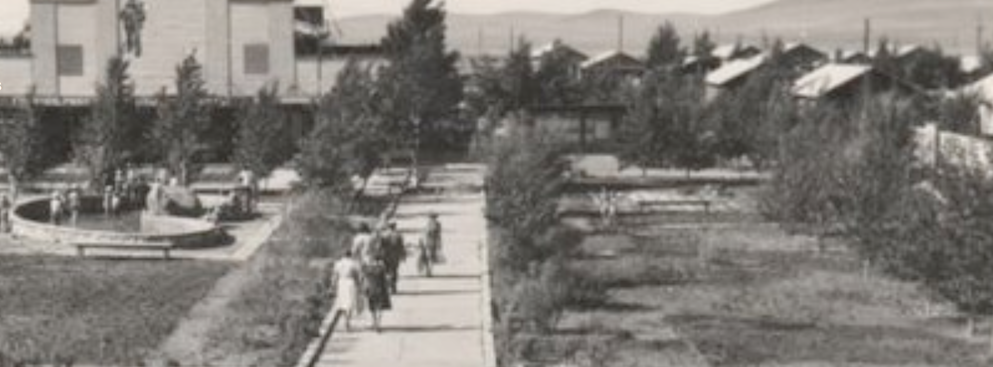
Mardai is a small town in Eastern Mongolia founded in the 1980s by the Soviet government near a uranium mining site. Although it was located within the borders of Mongolia, the town was populated only with Russian workers, and was even kept secret from the Mongolian population. Its existence was revealed only in 1989, within the framework of the “transparency” (il tod) policy carried out in Mongolia on the model of the Soviet Union’s glasnost. The extraction of uranium, shipped directly to a Russian city across the border, continued until 1995, but after a few years of uncertainty, the workers were sent home and the whole city was vacated almost overnight. The mining town subsequently became a mine itself, as the local Mongolian (mostly Buryat) population began to dismantle the town’s infrastructure, selling all the scrap metal they could collect (mostly iron and copper), but this time selling it across the border to China.
Research
In the last few years, vast deposits of coal and rare earth metals were discovered in Mongolia, turning the country into a strategically and economically crucial neighbour for both Russia and China. To better understand the changing relations between Russia and China, an analysis of their involvement in third neighbour countries such as Mongolia was crucial. In many ways Mardai is also representative of Mongolia’s paradoxical cross-border relational economy with its two neighbours, in that it retains a deep emotional enmeshment with Russia and continues to view China with suspicion.
Mardai thus provide a prism through which to study North Asian borders from a Mongolian perspective. These views are increasingly significant as more and more Chinese mining companies are settling in Mardai to extract lead, thus inviting the local population to draw even more explicit comparisons between them and their Russian predecessors.
The research conducted in Mardai was partly anthropological and partly historical. Interviews were carried out with members of the local Buryat population involved in collecting and selling scrap metal. They were interviewed about their activity as well as about their memories of the city. This later data was compared with the memories of Mardai’s former Russian inhabitants, including through photographs and testimonies posted online by Russians who lived and worked in Mardai during the 1980’s.
Research conducted by Grégory Delaplace






